Marble countertops are a popular choice for kitchens and bathrooms due to their timeless beauty and durability. However, they are prone to staining, which can detract from their elegance. Understanding how to effectively remove stains from marble countertops is crucial to maintaining their pristine appearance. Marble is a porous stone, which means it can absorb liquids and oils, leading to stains if not properly sealed and maintained. Regular cleaning and immediate attention to spills are essential in preventing stains from setting in.
When a stain appears on a marble countertop, the first step is to identify the type of stain. Stains can be caused by organic materials such as coffee, tea, wine, or fruit, inorganic substances like ink or paint, oil-based materials such as cooking oils and grease, and biological sources like mold or mildew. Each type of stain requires a specific approach for effective removal. For organic stains, using a poultice made from baking soda and water can be highly effective. This mixture should be applied to the stain, covered with plastic wrap, and left to sit for 24-48 hours before being wiped away.
Inorganic stains, such as those caused by ink or paint, can be more challenging to remove. A poultice made with hydrogen peroxide or ammonia can be applied in the same manner as for organic stains. However, it’s crucial to test these chemicals on a small, inconspicuous area of the countertop first to ensure they do not damage the marble. For oil-based stains, a paste made from baking soda and water or a specific marble cleaner designed for oil removal can be used. The paste should be applied, left to sit for a day or two, and then wiped away.
Biological stains like mold and mildew require a different approach. A solution of water and hydrogen peroxide can be used to scrub the affected area gently. It’s important to avoid using bleach or other harsh chemicals on marble, as these can damage the stone. After removing the stain, the area should be thoroughly rinsed and dried. Preventing biological stains involves keeping the marble dry and ensuring good ventilation in areas prone to moisture, such as bathrooms.

In addition to these methods, regular maintenance of marble countertops can help prevent stains. This includes sealing the marble periodically to reduce its porosity and make it more resistant to staining. A high-quality marble sealer should be applied according to the manufacturer’s instructions, typically every six months to a year. Daily cleaning with a pH-neutral cleaner designed for marble is also recommended. Acidic substances, even in cleaners, can etch and dull the marble surface over time.
Another preventative measure is to use coasters, trivets, and placemats to protect the marble from spills and heat. Cutting boards should always be used when preparing food to prevent scratches and direct contact with staining substances. It’s also important to wipe up spills immediately, as the longer a substance sits on the marble, the more likely it is to stain.
If a stain persists despite these efforts, professional restoration may be necessary. This can involve grinding and polishing the marble surface to remove the stained layer and restore its original shine. While this is a more intensive and expensive option, it can be very effective for severe or deep-set stains. Professional stone restoration services have the expertise and equipment to handle such tasks without causing further damage to the marble.
Understanding the nature of marble and how it interacts with various substances is key to effective stain removal and prevention. Marble is composed primarily of calcite, which reacts with acids. This reaction can cause etching, a form of surface damage that appears as dull spots. Unlike stains, etching alters the stone itself and may require professional polishing to correct. Knowing the difference between etching and staining can help in choosing the appropriate treatment.
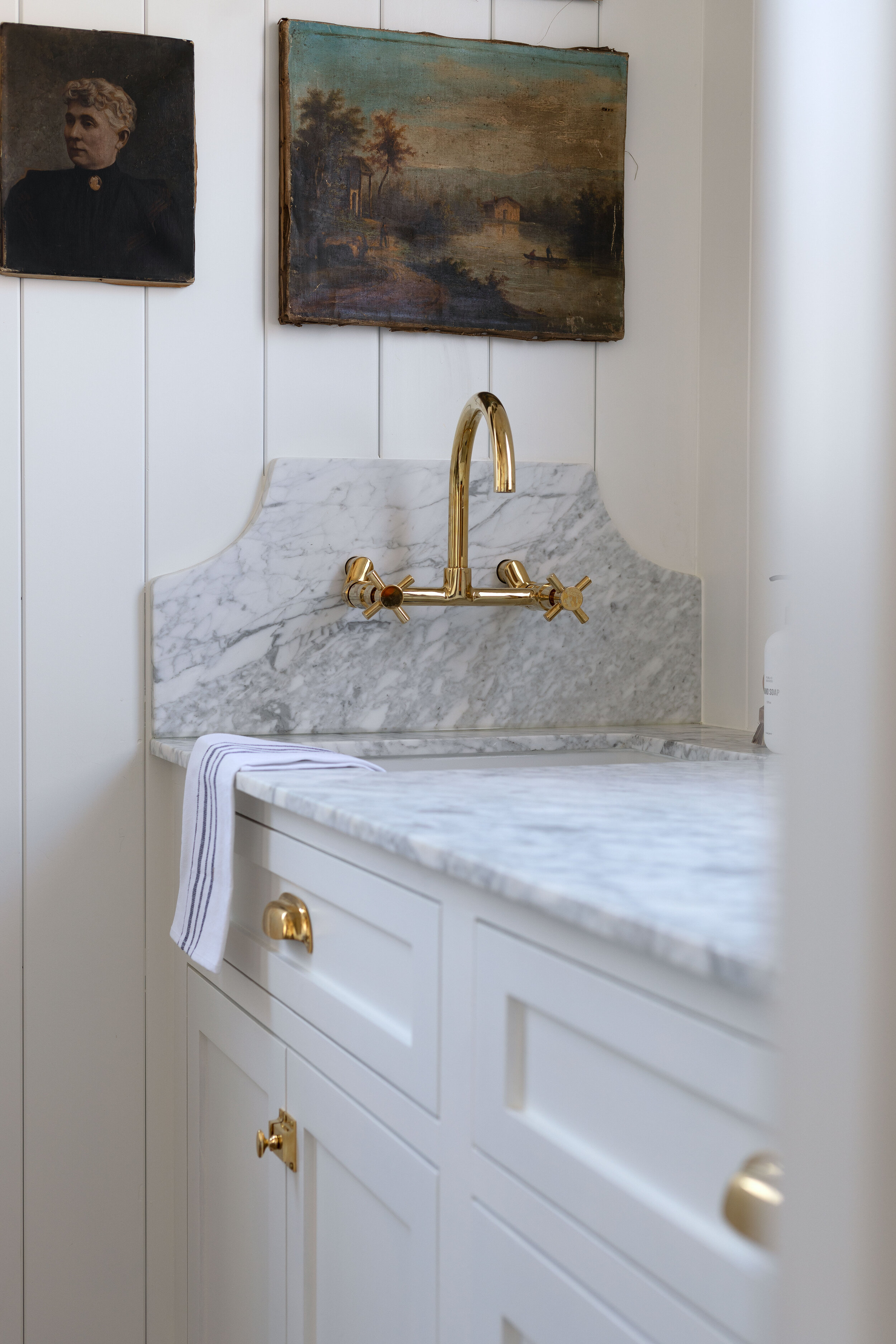
It’s also beneficial to educate family members or household members about the care requirements for marble countertops. This includes the importance of immediate spill cleanup, the use of protective measures like coasters, and the types of substances to avoid. By fostering good habits, the longevity and beauty of marble countertops can be preserved.
When dealing with stubborn stains, patience and persistence are important. Multiple applications of a poultice or cleaner may be required to completely remove a stain. It’s also worth noting that not all stains can be entirely removed, especially if they have been left to set for a long time. In such cases, minimizing the appearance of the stain may be the best achievable outcome.
It’s important to store marble cleaning products in a safe and accessible location. Having these products readily available ensures that any spills can be promptly addressed, reducing the risk of permanent stains. Many manufacturers provide specific cleaners and sealers designed for marble, which are formulated to protect and maintain the stone’s natural beauty.
Last, consulting with a professional stone care specialist can provide valuable insights and personalized recommendations for maintaining marble countertops. These professionals can offer advice on the best products to use, demonstrate proper cleaning techniques, and perform regular maintenance tasks such as sealing and polishing.
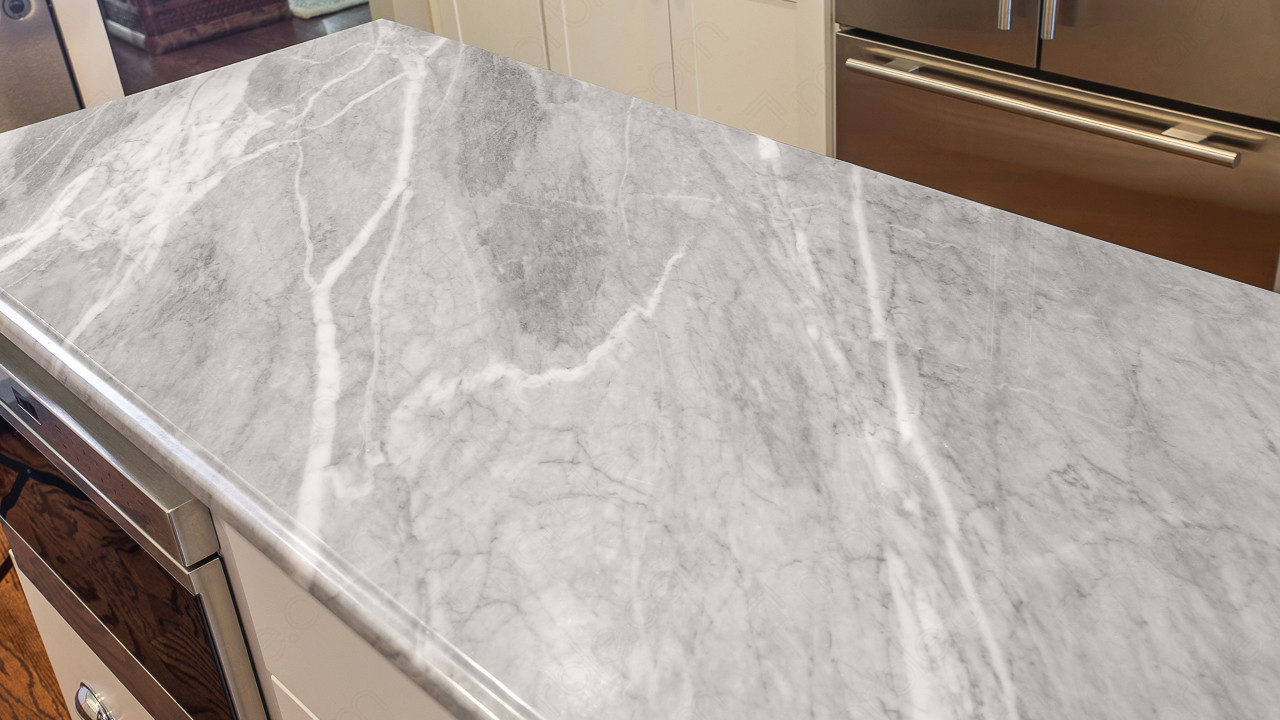
Common Mistakes to Avoid
Using Acidic Cleaners: One of the most common mistakes is using acidic cleaners, such as vinegar or lemon juice, on marble countertops. These can etch the surface and cause permanent damage.
Ignoring Spills: Allowing spills to sit on the marble can lead to stains. Immediate cleanup is essential to prevent staining.
Using Abrasive Materials: Scrubbing the marble with abrasive pads or cleaners can scratch and dull the surface. Always use soft cloths or sponges.
Not Sealing Regularly: Failing to regularly seal marble countertops leaves them vulnerable to stains and etching. Seal every few months for optimal protection.
Placing Hot Items Directly on Marble: Direct heat can cause thermal shock and crack the marble. Always use trivets or heat pads.
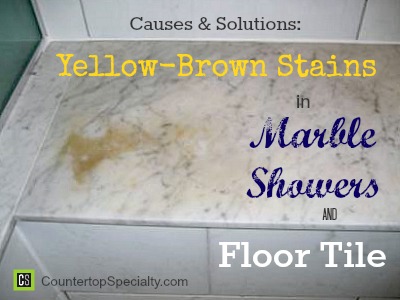
How often should I seal my marble countertops?
Marble countertops should be sealed every six months to a year, depending on the amount of use and the type of marble. Sealing helps to protect the porous surface from stains and damage. High-traffic areas or surfaces frequently exposed to spills may require more frequent sealing. Always follow the manufacturer’s recommendations for the specific sealer you are using.
Can I use vinegar or lemon juice to clean marble countertops?
No, vinegar and lemon juice are highly acidic and can cause etching on marble surfaces. Etching is a type of surface damage that appears as dull spots and can be difficult to repair. It’s important to use pH-neutral cleaners specifically designed for marble to avoid damaging the stone. Always test any new cleaner on a small, inconspicuous area first.
What should I do if my marble countertop is scratched?
If your marble countertop has minor scratches, they can sometimes be buffed out using a marble polishing powder and a soft cloth. For deeper scratches, professional restoration may be required. A stone care specialist can assess the damage and recommend the best course of action, which may include grinding and polishing the surface to restore its original appearance.
How can I prevent oil stains on my marble countertops?
To prevent oil stains, use cutting boards, placemats, and coasters when preparing food or placing items on the countertop. Immediately clean up any spills with a soft cloth and a mild cleaner. Regularly sealing the marble can also help to protect against oil absorption. In kitchens, consider using an oil-based marble cleaner to remove any potential residues before they set in.
Are there any DIY methods for removing tough stains from marble?
Yes, DIY methods can be effective for removing tough stains from marble. One common approach is using a poultice made from baking soda and water or hydrogen peroxide, depending on the type of stain. Apply the poultice to the stain, cover it with plastic wrap, and let it sit for 24-48 hours before wiping it away. For persistent stains, multiple applications may be necessary. Always test any DIY method on a small area first to ensure it doesn’t damage the marble.
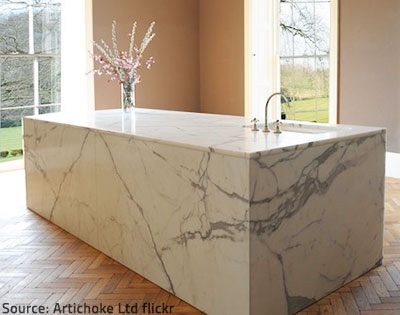
Dark Stain On Marble Countertop
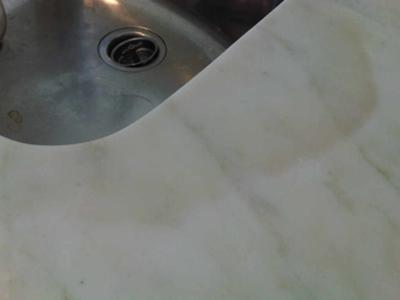
Help! Stain removal on white granite getting worse with each attempt
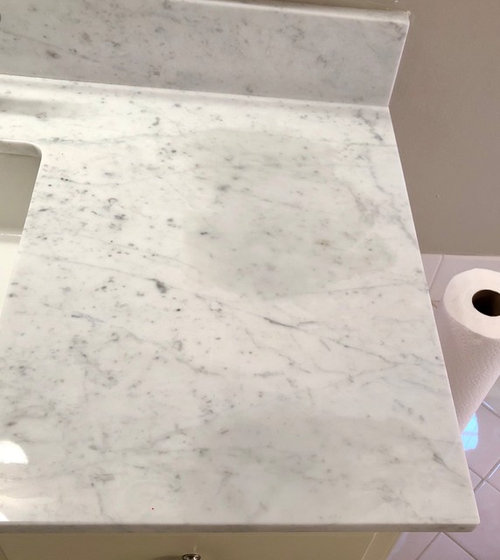
Remove Water Stains on Carrara Marble
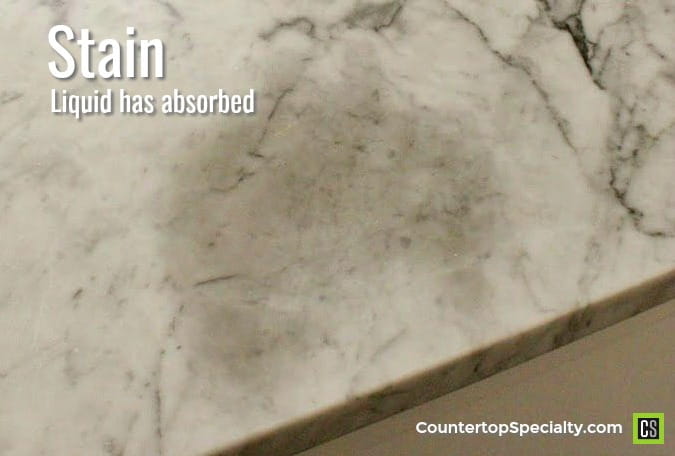
DIY // How to Remove Stains from Marble Surfaces using a Homemade
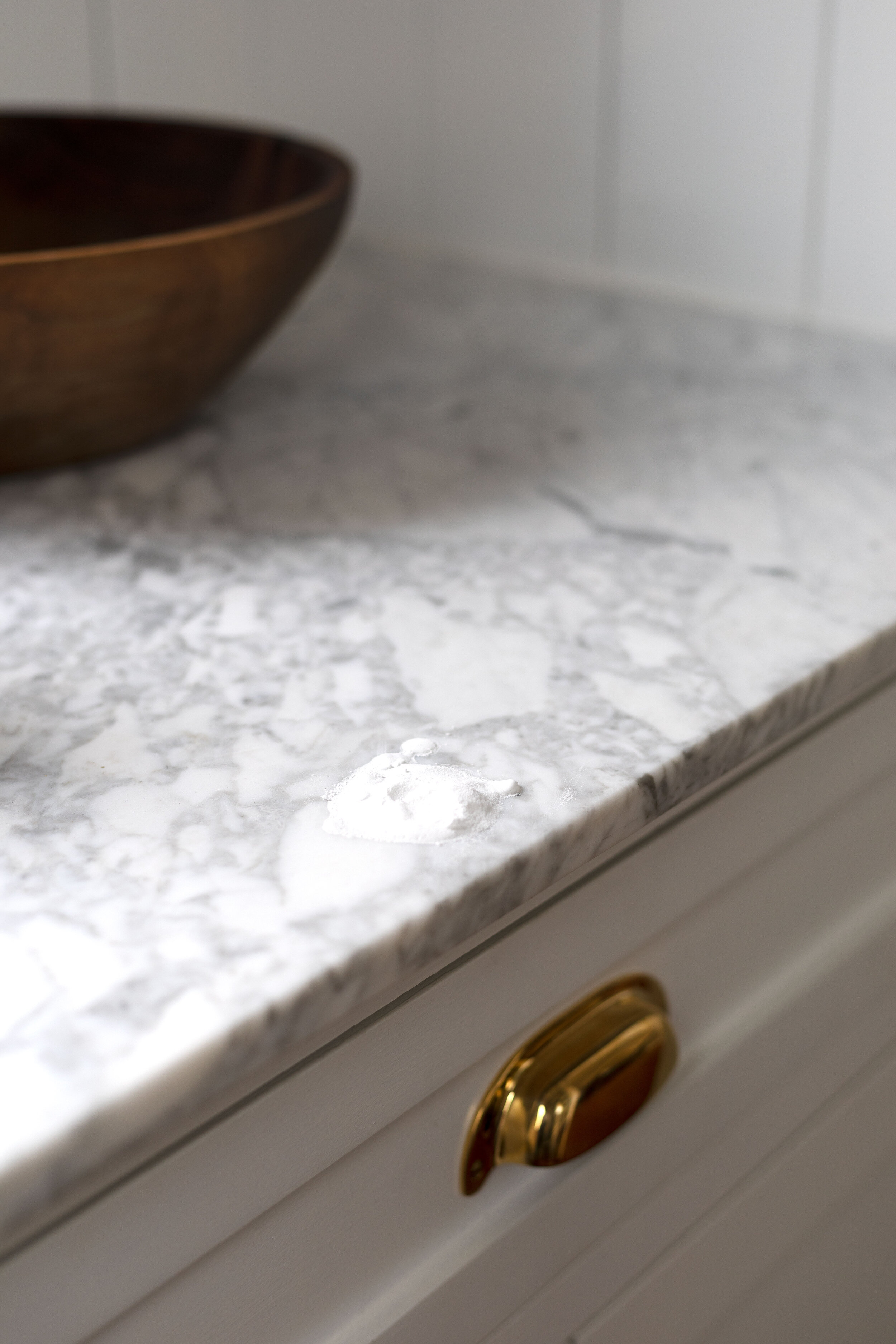
Related articles:
- DIY Refinishing Cultured Marble Countertops
- Marble Countertops In Bathrooms
- Cultured Marble Countertops
- Gray Kitchen Cabinets Marble Countertops
- Modern Kitchen Marble Countertops
- Refinish Cultured Marble Countertop
- Carrara Marble Countertops Bathroom
- Marble Countertops Types
- How To Refinish Marble Countertops
- White Gray Marble Countertops